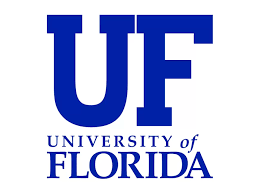Robust farmed salmon which are offered an acceptable living environment through the entire production process is a prerequisite for industry growth .

Offshore aquaculture plant which can produce around 10,000 tonnes salmon annually, potentially representing 50 million meals (Source: Utror)
Professor Ragnar Tveterås, UiS School of Business and Law
2024–2028
The Norwegian Research Council
11,6 million NOK
– Robust farmed salmon which are offered an acceptable living environment through the entire production process is a prerequisite for industry growth.

Background
Salmon aquaculture has a great growth potential, but government and industry must innovate to solve sustainability challenges related to salmon lice and fish welfare to get societal acceptance for future expansion. •Offshore aquaculture potential: Offshore systems offer opportunities to expand production sustainably, but depends on appropriate governance framework.
Goals
Develop new knowledge and specific design recommendations on government regulation of:
- The emerging offshore aquaculture sector
- The existing inshore aquaculture sector which can contribute to innovation in a new generation of sustainable business models with co-management between companies of biosecurity and infrastructure investments
- User partners in project are companies Utror AS and BluePlanet AS, employer organization Norsk Industri, but the target groups include government, salmon aquaculture industry and other stakeholders.






